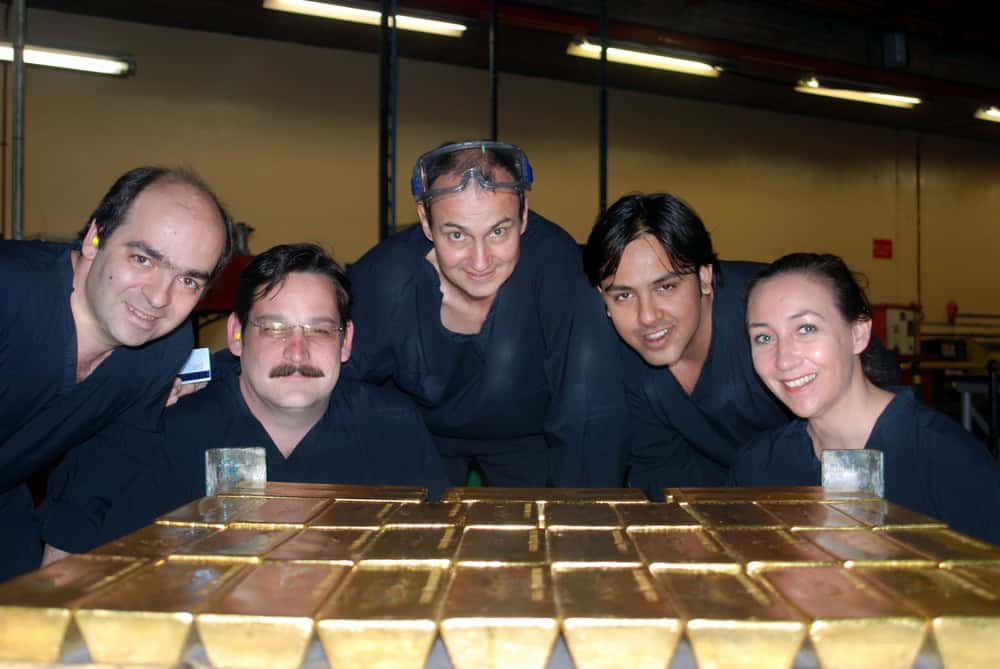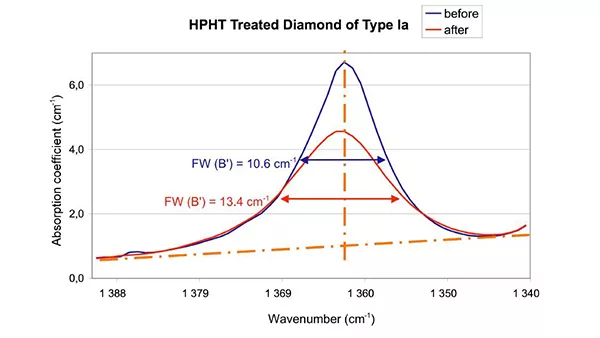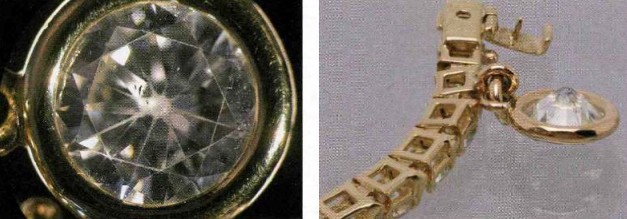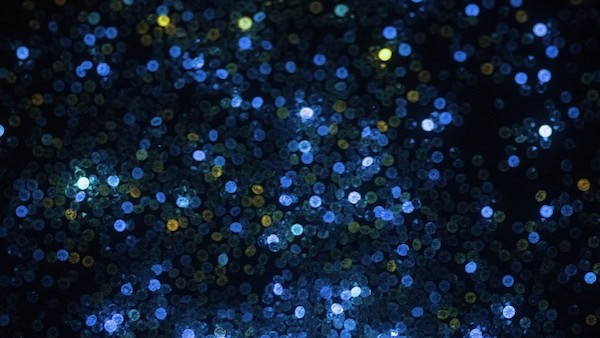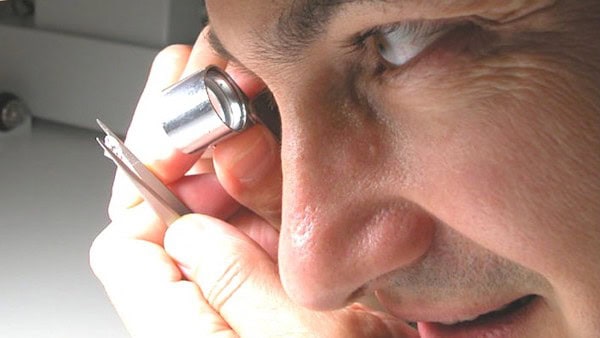
Jean-Pierre Chalain: over 3 decades of diamonds at SSEF
On March 31st 2024, Jean-Pierre Chalain – director of SSEF’s diamond department- retired from SSEF and handed over the diamond department to Dr. Michael Mintrone and his team.
Jean-Pierre will continue to be active in R&D on several projects at SSEF Instruments.
We take this opportunity to thank him for his immense contributions to SSEF, diamond research and gemmology. And asked him to reflect on more than 30 years of SSEF.
Jean-Pierre, how did you get into gemmology and first become acquainted with SSEF?
Before joining SSEF, I worked as a watch and jewellery retailer for 13 years. This initial experience gave me an understanding of the relationship with luxury customers. It also taught me a taste for meticulous work, as watchmaking requires me to be extremely meticulous and patient.
In 1992, Professor Bernard Lasnier, my DUG supervisor at the University of Nantes, asked the director of the SSEF, Dr. Hänni (Henry would later be given the title of Professor), to act as a member of Pascal Entremont’s thesis committee. As I was defending on the same day as Pascal, Henry found himself a member of my jury committee too and became aware of my thesis “Towards laboratory gemmology”, which describes, among other things, the contributions to gemmology of instruments such as the Raman microprobe and the mass spectrometer, two key instruments in laboratory gemmology still very relevant to the present day, 32 years later. Two years later, in 1994, Henry offered me the chance to work with him and Dr. Lore Kiefert in the SSEF laboratory in Zurich. There were three of us at the SSEF at the time, plus a part-time secretary who helped us!
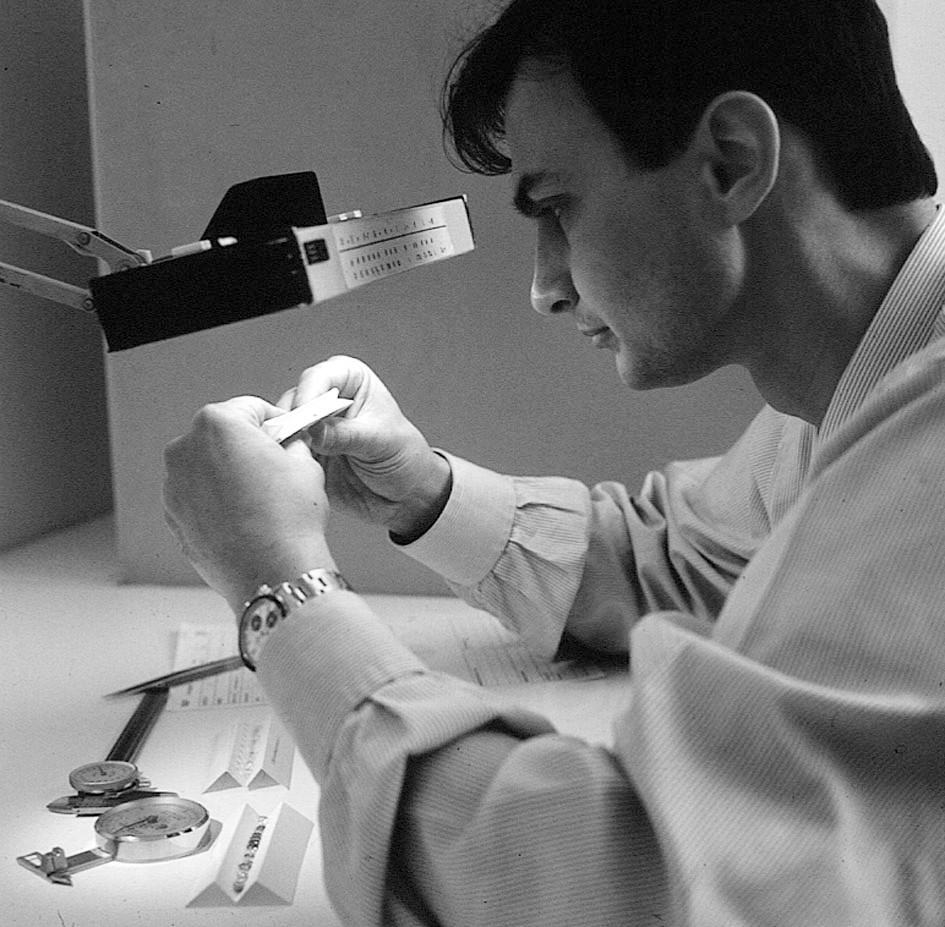
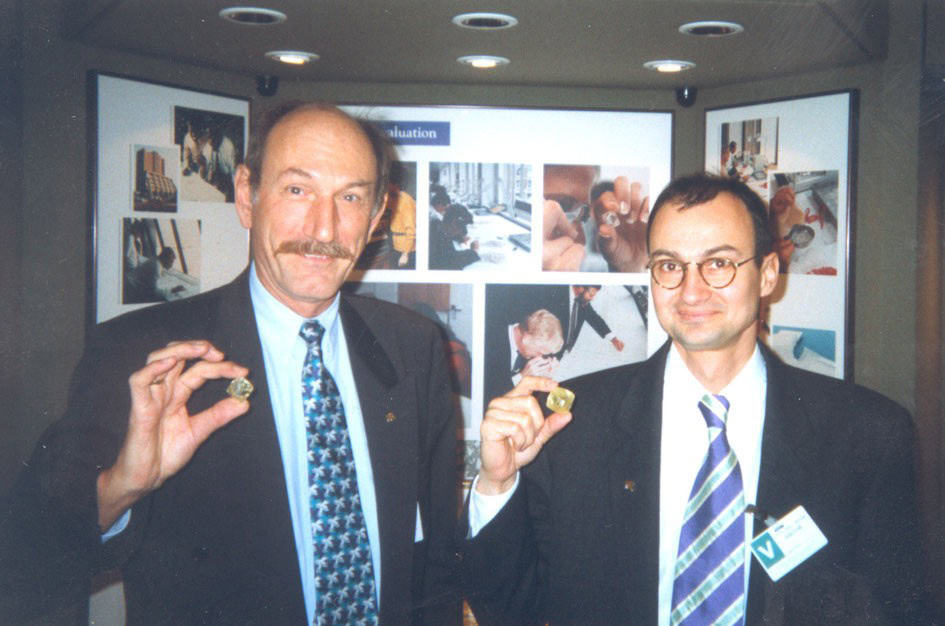
Can you share some highlights of your work with diamonds at SSEF over the years?
Until recently, I was involved in all the gemmological activities of the SSEF – examination of coloured stones, pearls, research and courses – but the fact is that I have been director of the diamond department since 2001. At that time, the foundation’s board gave me this title in recognition of my work – carried out jointly with Prof. E. Fritsch – on what we now know to be the HPHT treatment of type II diamonds. In 1999, virtually nothing was known about this treatment. Lazare Kaplan and GE had announced that they would be marketing treated colourless diamonds at the same price as their untreated counterparts because, they claimed, the treatment was unidentifiable and would remain so. In doing so, they plunged the diamond market into a very severe crisis for over a year. To discuss this issue, at its symposium in Carlsbad, the GIA named the meeting room “the War Room”, and its entrance was guarded by a man dressed as an armed GI. That says it all! Several months later, it was at the SSEF, at the invitation of De Beers, that the criteria for identifying the treatment was unveiled by our team to the other major laboratories. But it was much later that we understood why GE had dared to declare that the treatment would remain unidentifiable. Even before the treatment was announced, they had applied for a patent on the identification of the treatment. All legal measures were taken in Switzerland to ensure that this patent would not apply. In 2003, I described in the Gems & Gemology journal a natural diamond with crystalline defects linked to the presence of nickel. At the time, this chemical element was seen as proof that the diamond was synthetic. It now appears that nickel is probably much more frequently present in natural diamonds than previously thought. In 2005, at the De Beers Diamond Conferences, I presented a complete study of a greenish-yellow type Ia natural colour diamond with an H2 centre (986 nm) that the Vienna Natural History Museum had lent me. Prof. Alan Collins – who was present at my lecture – had rightly published that this H2 centre was formed during the HPHT treatment of type Ia diamonds. My study showed that this centre could also be present in an untreated diamond. This is rather seldomly the case, as naturally coloured greenish-yellow diamonds are rare, but the description was worth making nonetheless. Alongside my studies of diamonds, the development of the SSEF Spotter, the ASDI and more recently the ASDI-500 – two patented machines – were significant and pioneering contributions to the diamond market. You have spent a lot of time and energy contributing to industry initiatives (CIBJO, ISO, LMHC), why do you feel this is so important for the trade? My involvement in international organisations such as CIBJO, LMHC and ISO was requested by the SSEF Foundation Board. Even before working for SSEF, I was very familiar with the CIBJO rules, which I had already integrated into GemBase, a gemmological software package developed in the 1990s with J-M. Slove, a computer engineer and friend. And then Henry didn’t want to deal with CIBJO, he thought it was a waste of time. And he wasn’t entirely wrong. But it has to be said that it was a waste of time… for it takes away precious time from research. After all, even at SSEF there are only 24 hours in the day! On a more serious note, the many working days and trips with CIBJO from 2001 onwards, with LMHC from 2003 onwards and with ISO from 2017 onwards have enabled me to meet some fantastic people who are passionate about their profession, whether they be dealers or experts. Their commitment to contributing to a more structured, transparent, and fair diamond and gem market is to be commended.
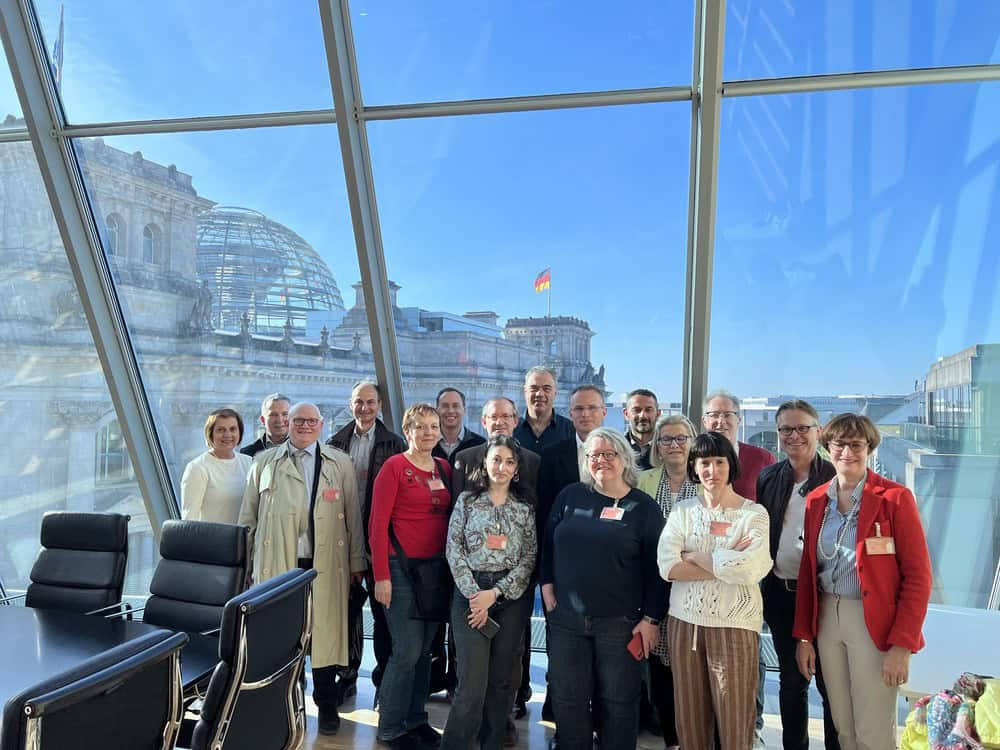
Is there a diamond that passed through the lab which marked you particularly?
Yes, there was a 60 ct diamond whose yellow colour was linked to artificial irradiation followed by heating. When studied by conventional low-temperature absorption spectrometry, it had the peculiarity of showing optical centres linked to the treatment with an abnormally low intensity compared with its large size. By comparing its absorption coefficients measured in different directions, I was able to prove that the irradiation had been concentrated in the plane of the girdle. From subsequent discussions with the person who had treated the stone, I learned that he had created a lead mask to cover the diamond during irradiation, except in the plane of the girdle.

Where do you see diamond testing going as a discipline? What could SSEF look like in 50 years’ time?
The differentiation between natural and synthetic diamonds is unlikely to change much in the next few years because the criteria for differentiation are based on thermodynamic fundamentals. The spectroscopic characteristics of natural diamonds are linked to crystalline defects that have evolved over millions or even billions of years, giving them properties that do not exist in synthetic diamonds, where the same optical centres only have a few days to form and possibly evolve. The way in which these criteria are treated may evolve, thanks in particular to AI, and SSEF is already working on this, but the criteria are unlikely to change much. I wouldn’t presume to describe what SSEF will be like in 50 years’ time. I have a reasoned love of doubt and caution, and I can’t read crystal balls, even if they are made of rock crystal… By the way, a question for future gemmologists: how many of them are made of synthetic quartz or glass?Any other of your contributions that you would like to mention?
Yes, the Standard & Application document, this booklet published in 1998 by SSEF. I offered Henry to write this booklet to openly present the SSEF standard, clearly and completely. Diamond, ruby, sapphire, emerald and pearl, treatment by treatment. Left page, explanation of the treatment, explanation of the treatment statement as it appears on the SSEF examination report and opposite right, the corresponding full examination report. Nothing to hide. Everything was clear and transparent. This book presented the SSEF standards to the entire industry. This had never been done before. It was so well received by the profession that we had to reprint it quickly. I remember the title of the first paragraph of the first chapter. It was called “The 21st Century of Communication”. It was the end of the 20th century, and we were already looking towards the future. The advent of social media in the 21st century does not belie this title! By openly revealing its standards to the entire trade back in 1998, SSEF set itself apart from other laboratories. As a result, a few years later, SSEF played a significant role in LMHC (Laboratory Manual Harmonisation Committee) to harmonise treatment disclosure and nomenclature between the main international laboratories. All my colleagues at the time were involved in this publication. The Foundation Board wrote the preface. And to finish with a wink, I never put my name forward in this booklet and if you wanted to find my trace in it, look at the day of issue of all the reports printed on the right-hand pages… it’s my birthday!
